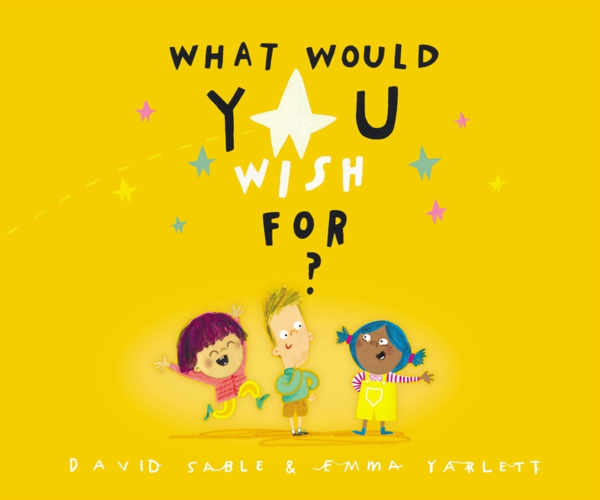

Tomorrow's Lily
What's Tomorrow's Lily About
This exquisite and deeply moving picture book by two-time Caldecott Medal-winning artist Chris Raschka explores concepts of friendship, growing up, generosity, empathy, love, and time. Tomorrow’s Lily is a perfect gift book for readers of all ages, as well as a terrific choice for bedtime.A daylily blooms for just one day, opening when the sun comes up and closing when it sets. In Chris Raschka’s extraordinary garden, seven daylilies bloom for others during the course of a sun-drenched week–for example, Monday’s lily blooms for the baby, and Saturday’s lily blooms for friends. The lovely and lyrical text underscores the value of living in the moment, caring for those around you, and being mindful of nature.Two-time Caldecott Medal winner Chris Raschka introduces young readers to the concept of time–the days of the week, the span of a life–as well as to more spiritual and emotional concepts such as friendship, empathy, generosity, caring for others, and love. With a soothing text and stunning illustrations, this gentle, innovative, and educational picture book is an excellent choice for story-time sharing as well as gift giving.
What Kind of Book is Tomorrow's Lily
Writing Styles
Genres
Reviews
Book Lists That Include Tomorrow's Lily
The Creative Behind the Book
I’m sometimes asked about my general approach to illustration, which has over the years come to be described as minimal. Hmm, I’m not sure minimal is such a complimentary term, but I’ll accept it. I wasn’t always minimal. In the early days I was laying it on as thickly as I could, trying very hard to get it right. But I found that the harder I tried, the more tired whatever it was I was working on looked. And then I grew tired of it as well. “There is too much sweat in it,” is how my friend, the artist Vladimir Radunsky, would put it. Perhaps he means that there has been an imposition of too much of my will upon the material with which I was working. It is an offhand remark of Wordsworth’s that helped me when I needed a new way to move forward: “The matter always comes out of the manner.” How you say something has direct bearing on what you say. So, if you labor heavily upon a work of art, then part of what you are saying is, this is a heavy work of art. If you happen to be trying to say something about lightness, then the art should be light as well. It is much the same with food. There are heavy meals and light meals. There are sauces that contain endless lists of ingredients, and there are sauces that contain only a few but in exquisite proportion. Does an apple taste best bitten directly into, sliced thinly with a light squeeze of lemon, or baked for an hour with nutmeg, sugar, cinnamon, flour and egg whites? Maybe the answer is that there is a time for all of those things. My answer in my illustration has been to allow the materials to speak as directly as possible. I want each and every entire brushstroke to be seen. I want the marks made by the tip of the brush to carry as much meaning as the marks made by the dragging tail end, the part that splits open as the paint pulls away, thins and dries. I want each brushstroke to have a beginning, a middle, and an end, a story in itself and a life in itself. Then the life of this brushstroke can wrestle with the life of the brushstroke next to it. There is enough action there between two brushstrokes for a little story. And what happens when the next brushstroke comes in a different color? It could be epic. Of course, if it’s just brushstrokes wrestling around, it isn’t much of a picture book is it? There still has to be a picture. And maybe it needs to be a picture of a dog named Daisy or a little girl riding a bike. So I have to be careful before I get too carried away in the manner itself. In the end, this is how it goes in my books. There are always two stories happening: one is me having fun watching brushstrokes wrestle, and the other is the story told in pictures and words on a page. It may be minimal, but it’s enough for me.
What Has Chris Raschka Said About This Book
Nothing yet! Let Chris Raschka know that you want to hear from them about their book.
More Books by Chris Raschka
Similar Books to Tomorrow's Lily
Book Details
- ISBN
- 9780063049376
- Publication Date
- February 13, 2024
- Publisher
- Greenwillow Books
- Original Publication Date
- February 13, 2024
- Page Count
- 32
- Audience
- Picture
- Reading Age
- 4 - 8 years
- Lib. of Congress (LCCN)
- 2023029393
Contribute to this page
Are you the author or illustrator? Claim your book.







































